



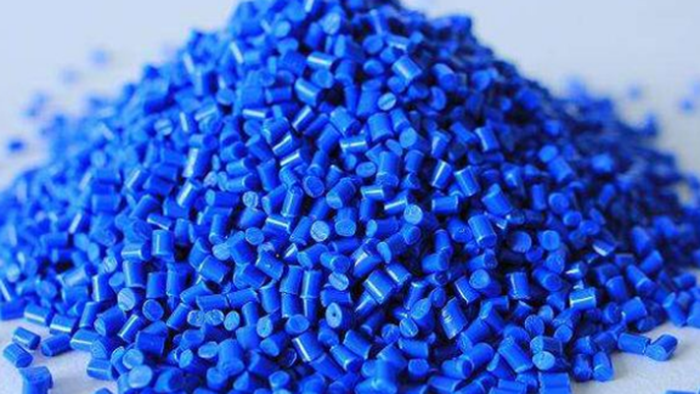
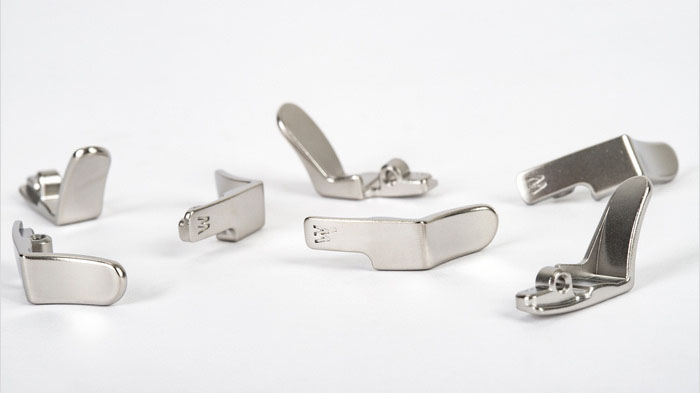

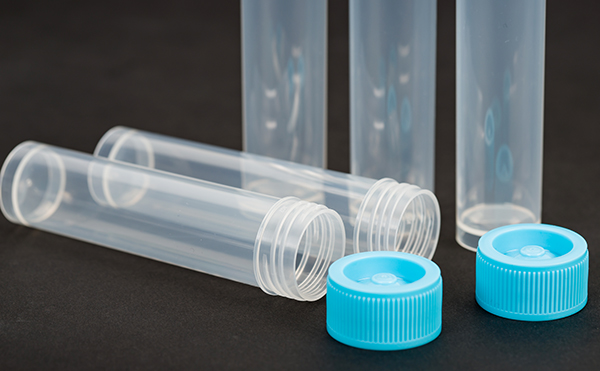
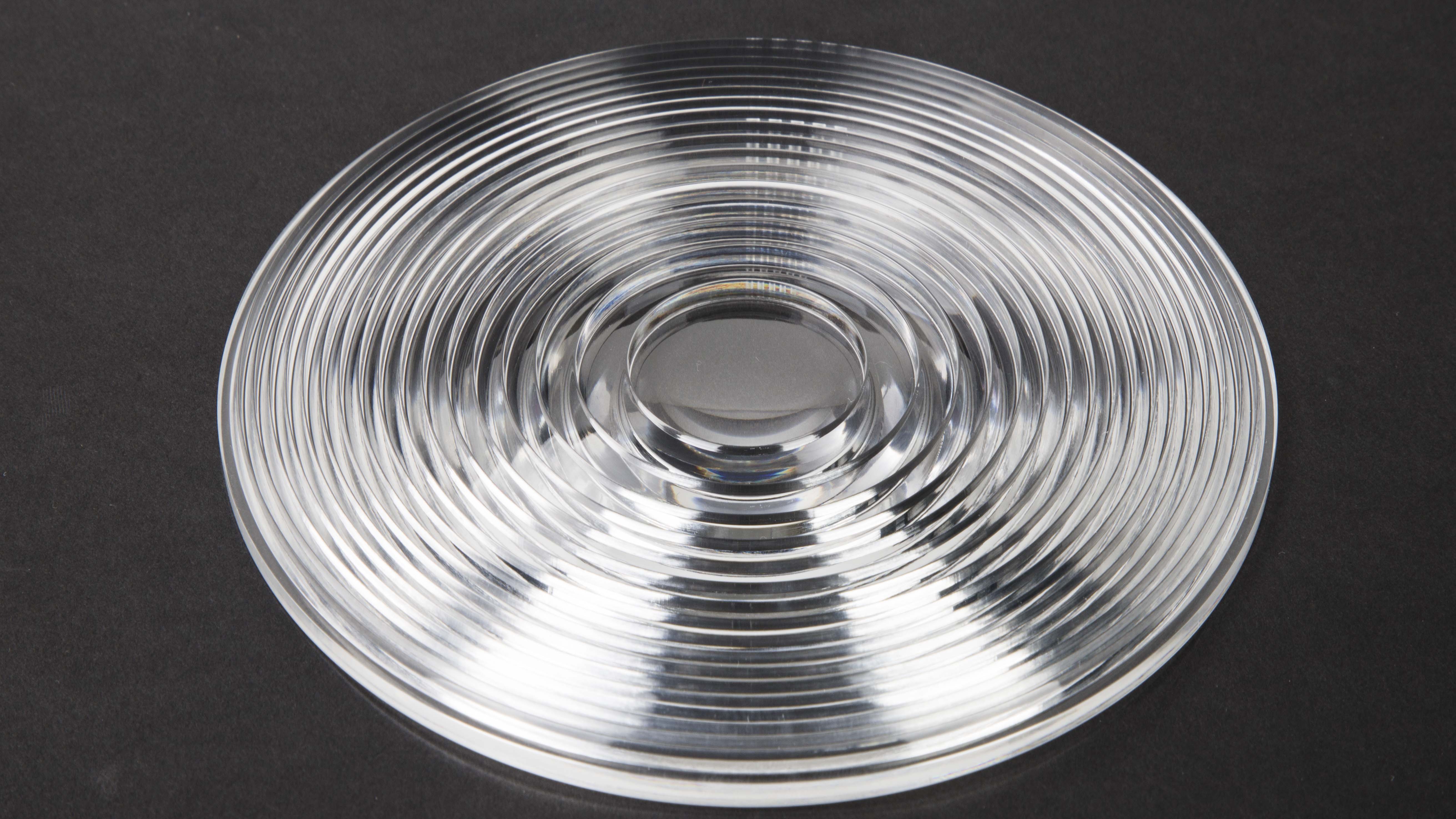
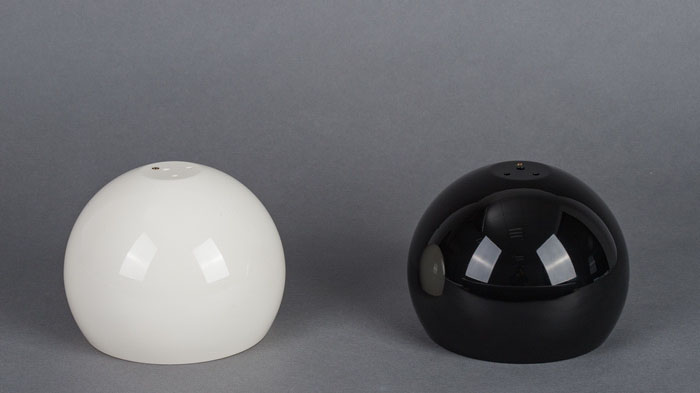

Mastars provides one-stop industrial manufacturing customization services from prototype to mass production. Rapid sheet metal prototypes and metal stamping services are a common process. These processes are also used in the manufacturing of auto parts and motorcycle parts.
The selection of materials for metal stamping dies is a very important part of the whole metal
stamping die making process. The selection of materials for metal stamping dies needs to meet three principles, wear resistance, strong toughness and other work requirements, while metal stamping dies should meet the economic applicability.
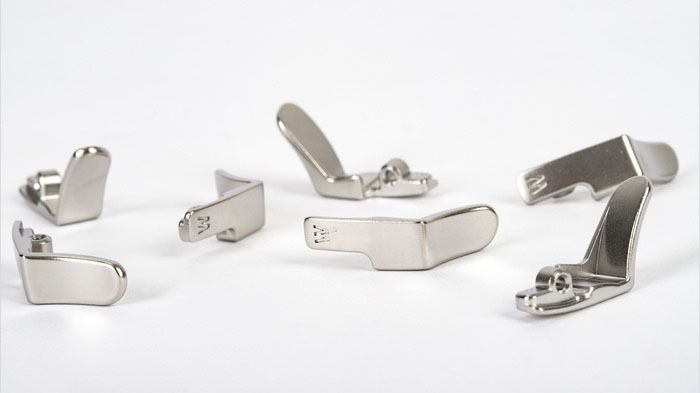
Condition Requirements.
1. Wear resistance
When the blank is plasticized in the cavity of the metal stamping tooling, it flows and slides along the surface of the cavity, causing severe friction between the surface of the cavity and the blank, which leads to the failure of the metal stamping die due to wear and tear. Therefore, the wear resistance of the material is one of the more basic and important properties of the metal stamping die.
Hardness is the main factor affecting wear resistance. Generally speaking, the higher the hardness of metal stamping die parts, the smaller the wear, and the better the wear resistance. In addition, the wear resistance is also related to the type, number, form, size and distribution of carbide in the material.
2. Strength and toughness
Most of the working conditions of metal stamping dies are very harsh, and some of them are often subjected to large impact loads, which lead to brittle fracture. In order to prevent the metal stamping die parts in the work of sudden brittle fracture, metal stamping die should have high strength and toughness.
The toughness of the metal stamping die mainly depends on the carbon content, grain size and tissue state of the material.
3.Fatigue fracture performance
metal stamping die work process, in the long-term role of cyclic stress, often lead to fatigue fracture. Its form has small energy multiple impact fatigue fracture, tensile fatigue fracture contact fatigue fracture and bending fatigue fracture.
The fatigue fracture performance of metal stamping dies depends mainly on their strength, toughness, hardness, and the content of inclusions in the material.
4.High temperature performance
When the working temperature of metal stamping die is higher, it will make the hardness and strength decrease, which will lead to early wear or plastic deformation and failure of metal stamping die. Therefore, the material of metal stamping die should have high tempering stability to ensure that the metal stamping die has high hardness and strength under the working temperature.
5. Hot and cold fatigue resistance
Some metal stamping dies are in a state of repeated heating and cooling during the working process, so that the surface of the cavity is subjected to tensile and compressive stresses, causing surface cracking and spalling, increasing friction, hindering plastic deformation and reducing dimensional accuracy, thus leading to the failure of metal stamping dies. Hot and cold fatigue is one of the main forms of failure of hot metal stamping dies, which should have high resistance to hot and cold fatigue.
6. Corrosion resistance
Some metal stamping molds such as plastic molds, due to the presence of chlorine, fluorine and other elements in the plastic, they decompose and precipitate HCI, HF and other strong corrosive gases after heating, eroding the cavity surface of metal stamping die, increasing its surface roughness and aggravating wear failure.
Mastars' industrial prototype service, with products and services that exceed customer expectations, is well-known in Europe and the United States, and has a high customer reputation. The industry covers a wide range of fields, including automobiles, motorcycles, health care, outdoor sports, home appliances, household goods, 3C Electronics, agriculture and stage lighting, etc.
Mastars Industries CO., LTD
www.mastars.com
Email: marketing@mastars.com
Tel: +86 755-88210690
Mobile: +86 181 0029 4997
Add: Building 6,Blue Sky Industrial Park, Ditang Road, Shajing Town, Shenzhen City, Guangdong, China